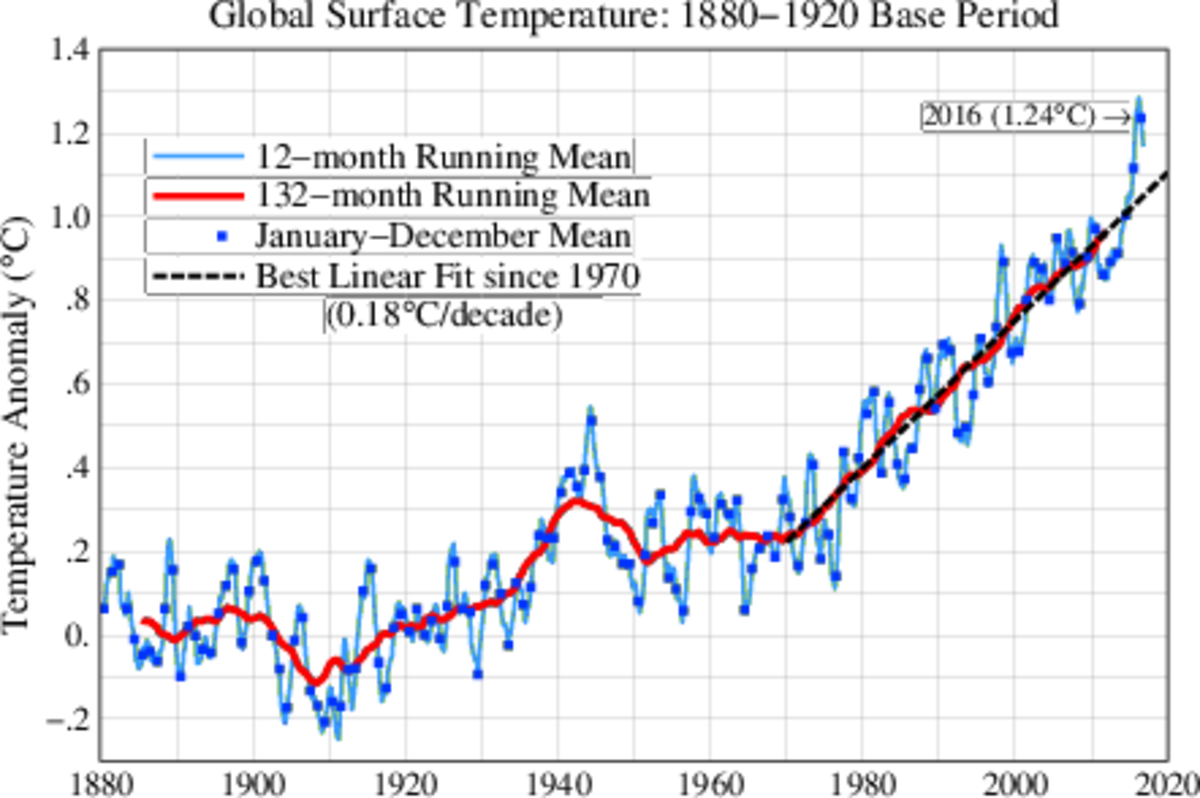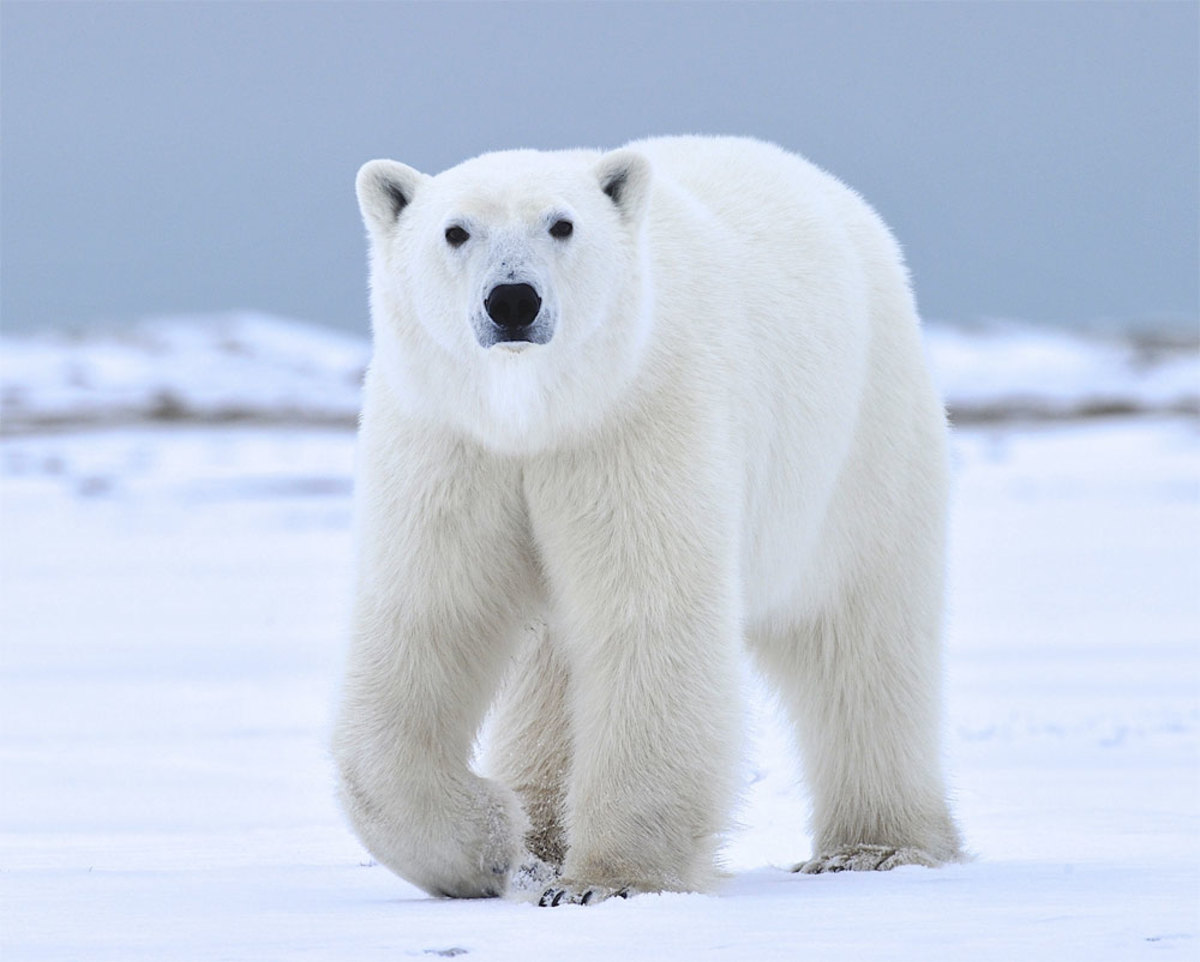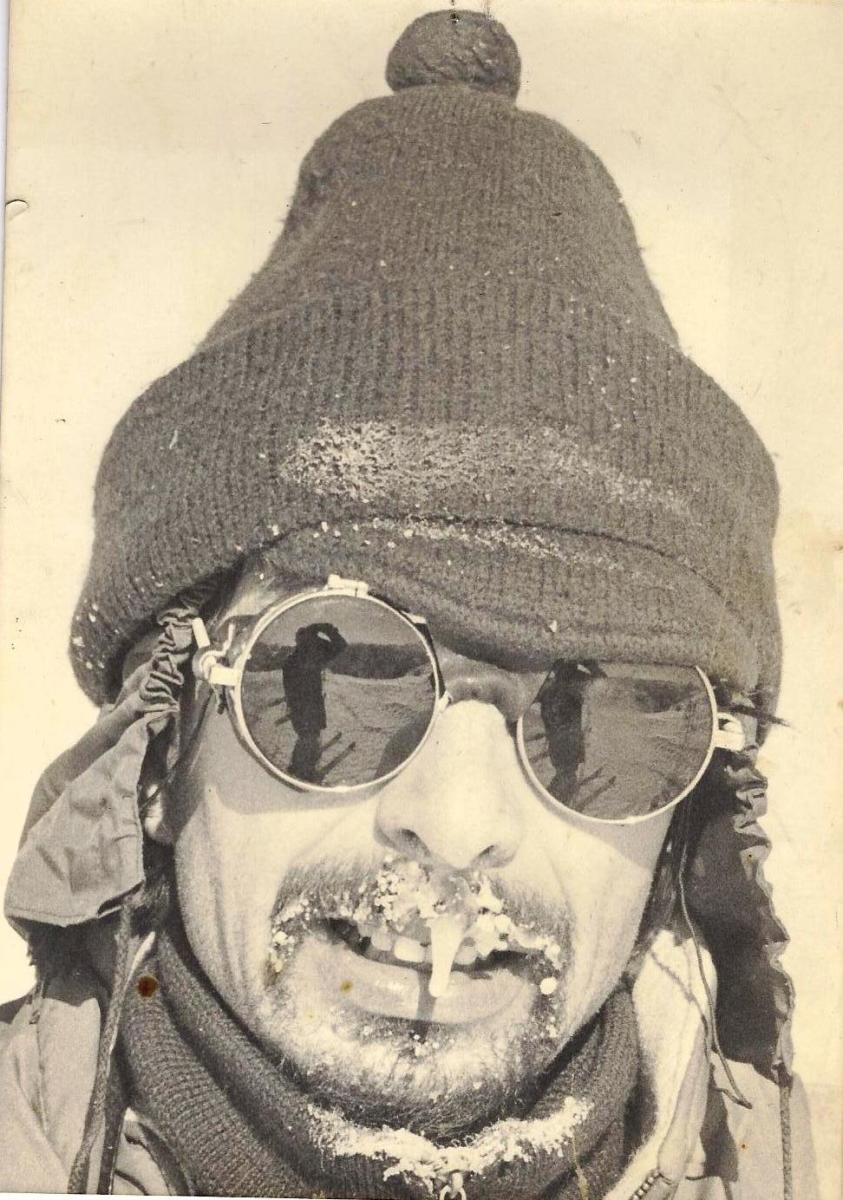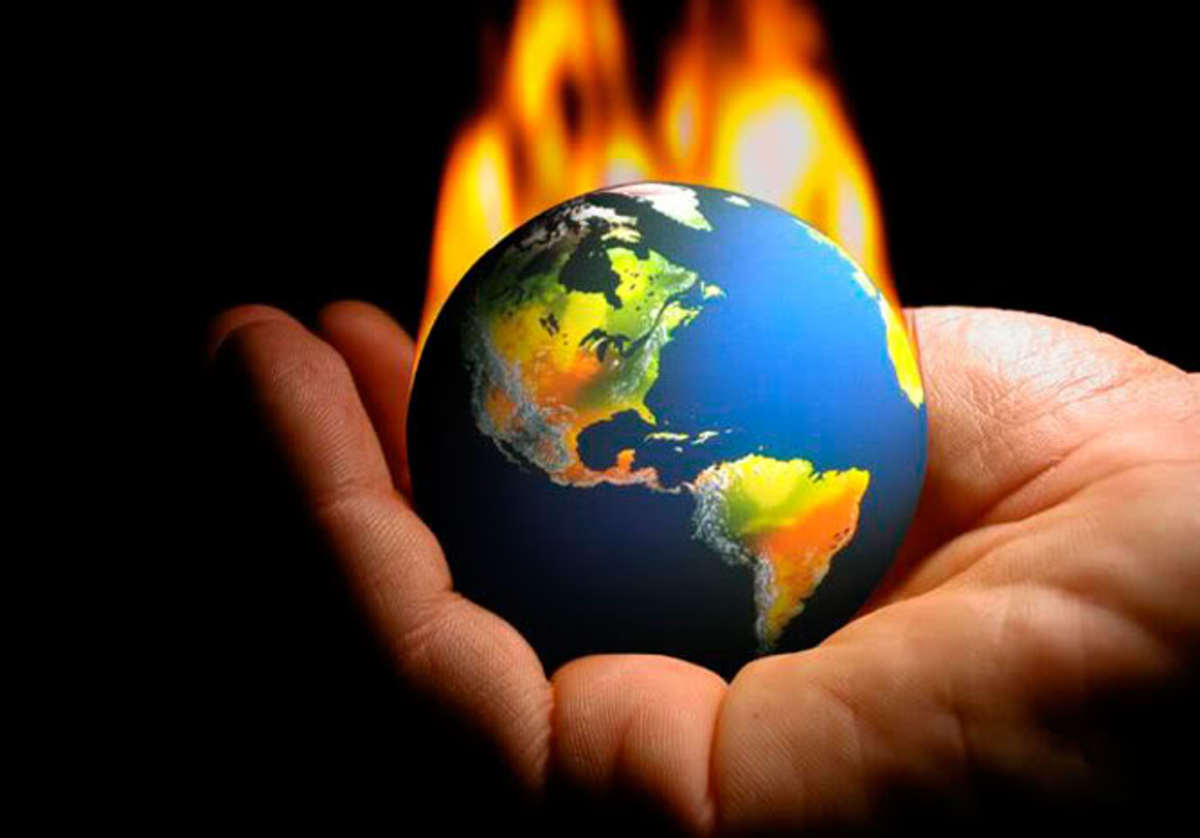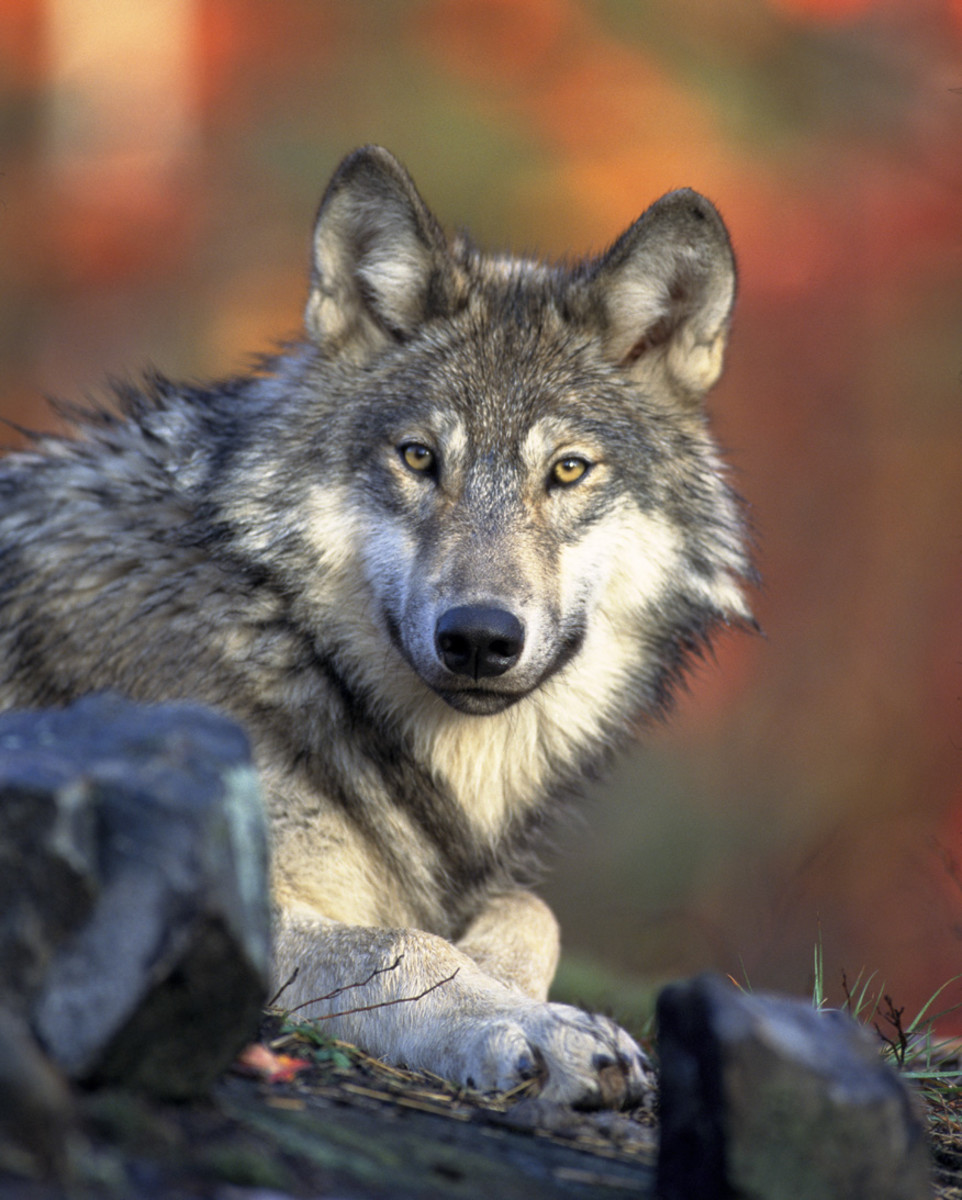Threat To Polar Animals Due To Global Warming
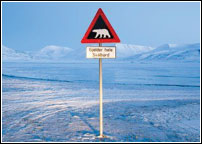
The effects of global warming are playing havoc everywhere - higher temperatures, hurricanes, heavy rains, flooding and droughts have now become more frequent and severe in intensity.
While climatic change is taking place globally, it is happening at an accelerated rate at the Poles, particularly the Arctic. Within the last few decades, the Arctic has experienced a rise in temperature that is twice the global average. According to recent studies the Arctic spring is now arriving several weeks earlier than it did a decade ago. Scientists warn that the wildlife of the Arctic is unlikely to sustain this rate of change because of evolutionary constraints, and the shrinking sea ice is expected to keep pushing temperatures higher.The amount of Arctic summer sea ice has reduced dramatically in the past 20 years and it is estimated to almost disappear within 100 years!Besides the Arctic, rising temperatures have been noted in other parts of the world's cryosphere -- the part of Earth made of frozen water and soil. The mean annual surface air temperature over the past 50 years has increased 3.6 to 5.4°F in Alaska and Siberia. The Greenland and West Antarctic ice sheets are in decline and face substantial melting because of rise in the global average temperature.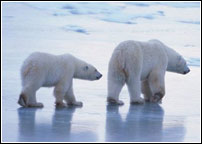
The rising sea levels and temperatures mean extinction for many of the animals that have known it as their home for millennia. As ice on the Poles shrinks, so do the habitats for the animals there, such as polar bears, ringed seals, walruses and other marine organisms.
Ice edges are the principal habitat for marine organisms and the melting of the annual sea ice each year at the Arctic during spring leads to a productivity bloom. It has been noted that some Arctic species arrive during spring from great distances for the food sources that flourish along the edge of the melting ice.
The sea ice is a nursery for krill, which is one of the main links in a food chain that penguins, whales and many other animals survive on. If sea ice keeps shrinking, then krill - and everything that feeds on them - is likely to be in trouble.
Because of its remoteness and lack of data and studies recording changes over a long period of time, it is hard to say what exactly will be the results of global warming in the Poles. But there are clear and grave signs that things have started to change dramatically, and the animals there are already struggling for their survival and food.
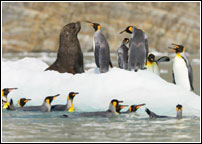
Walking on thinning ice…
According to scientists, if sea ice keeps shrinking at the current rates, there will be a substantial decline in the number of polar bears and their preys -- mainly the ringed and bearded seals.
Polar bears and seals spend most of their time on ice -- feeding, mating and giving birth. And in a scenario where ice is completely lost for a substantial part of the year, as scientists fear it will be in about a 100 years or more, we can expect to lose polar bears as a wild species. Already they are facing a decrease in number because of their low productive rates.
Scientists believe that the body size and behaviours of species change in relation to rising temperatures. Generally, bodies become smaller in response to general warming and larger when temperatures cool.
Polar bears live and hunt in snowbound lands and ice flows surrounding the North Pole. Their thick white fur and layers of fat protect them against the bitter Arctic cold. They are found on the arctic coasts and islands of the five countries around the North Pole -- the United States (Alaska), Canada, Denmark (Greenland), Norway and Russia. It is the only species that still lives throughout its original range, with an estimated 20,000 still in the wild.
A study was conducted on polar bears inhabiting the southern edge of the Hudson Bay, Canada, by Canadian Wildlife Services. An estimated 1,000 polar bears inhabit the region and during the four-year study, about 300 bears were weighed, measured and their physiological samples taken. It was found that since the mid-1980s the ratio of body mass to length among polar bears in southern Hudson Bay has dropped to about 15 per cent.
A similar decline in body mass was noted in 1,200 bears in western Hudson Bay, clearly indicating that the bears were not getting enough food these days. Ice on the Hudson Bay is melting an average of three weeks earlier than in the mid-1970s, forcing the bears to retreat further inland before they have been able to replenish their reserves of fat by feeding on seal pups, which also live on ice.
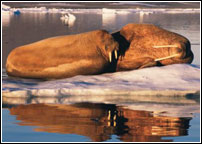
Polar bears in Hudson Bay are unique because they fast for six to eight months of hibernation and rely on winter hunting for survival. Longer ice-free periods during the Arctic summer leave polar bears stranded onshore for longer periods. The delay in freeze-up causes them to lose critical fat reserves affecting reproduction and the ability of pregnant females to produce enough milk for their cubs. Scientists have already documented a 15 per cent drop in birth rates.
Another alarming change noted was that several decades ago it was common to see triplet polar bear cubs, now it is hard to find even one. Earlier, up to 40 per cent of the cubs were weaned by 18 months after which they were out searching for food for themselves. Today fewer than five per cent of them are weaned at that age, meaning they are finding it hard to get food. If sea ice continues to melt due to rising temperatures, the bears of Hudson Bay face a bleak future, as will all polar bears. And that future is not so far because climatologists have forecasted that sea ice will disappear from the bay by 2070.
A study by American and Canadian scientists, released in April last year, gives the shocking suggestion that polar bears in the southern Beaufort Sea may be turning to cannibalism because long periods without ice keep them from getting to their natural food. The study was based on three instances of polar bears preying on each other from January to April 2004 in north of Alaska and western Canada. This included the first-ever reported killing of a female in a den shortly after it gave birth.
According to the study, polar bears kill each other for population regulation, dominance and reproductive advantage, but rarely for food.
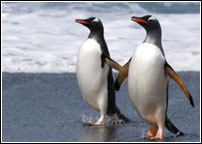
Drowned polar bears are being found for the first time by researchers in Alaska, who believe that greater distances between ice sheets could be the reason. Bears are capable of swimming long distances - up to 60 miles (100 kilometres) without stopping - but they could suffer from exhaustion during an unexpectedly arduous swim.
No Place to Rest:
Another study warns that walrus calves are being stranded by melting sea ice in the Arctic Ocean. Researchers, during a cruise in the Canada Basin in the summer of 2004, found lone walrus calves swimming far from shore -- something never before documented. This suggests that increased polar warming may be forcing mothers to abandon their pups as they go searching for food in ice-free waters.
Walruses use sea ice as a resting platform, especially the pups when their mothers dive for food. The pubs can't forage for themselves and they don't know how to eat. They are dependent on their mothers' milk for up to two years. Thus scientists believe that if walruses and other ice-associated marine mammals cannot adapt to caring for their young in shallow waters without sea-ice available as a resting platform between dives to the sea floor, there is likely to be a decline in their numbers.
Swim On:
Bearded, ribbons, ringed and spotted seals are the four species collectively known as ice seals because of their dependence on sea ice for resting, pupping, feeding and mating. Climate change is believed to be affecting them adversely too by making them more vulnerable to predation by polar bears, experiencing problems in pupping and nursing. Like walruses, seals too are having difficulty foraging when they do not have their usual ice habitat from which to seek food and rest upon.
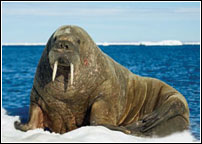
Declining Numbers:
Changes have also been noted in the Antarctic Peninsula where the average winter temperatures have risen nearly five degrees centigrade in the past half a century. This warming up has led to a notable decline in the population of the Adelie penguins, one of the only two ice-dependent polar penguin species (the other is the emperor) in Antarctica.
Adelies depend on sea ice as a feeding and resting platform, but there has been a decline of about 20 per cent in the sea ice on the western Antarctic Peninsula. The disappearing Adelies are being replaced by gentoo penguins, a subantarctic species that has begun migrating towards the Pole from more temperate climes, like the Falkland Islands. The gentoo penguins thrive in open water and are using the same nesting sites that Adelies use, making things tougher for them.
This clearly indicates that the polar system has disintegrated to give way to a subantarctic system whereby new animal species are taking over the habitat of the native ones. This pattern has been observed in other places too. The red foxes in Canada are shifting their ranges hundred of miles towards the Pole, moving into the territories of Arctic foxes.
Earth's climate has always been subject to natural variation but the current warming up -- undoubtedly human induced -- is taking place at an accelerated rate, giving species little time to adapt and avoid extinction. And in the not too distant future, squeezed between a warming world and habitat destruction, polar animals will have no place to run to

